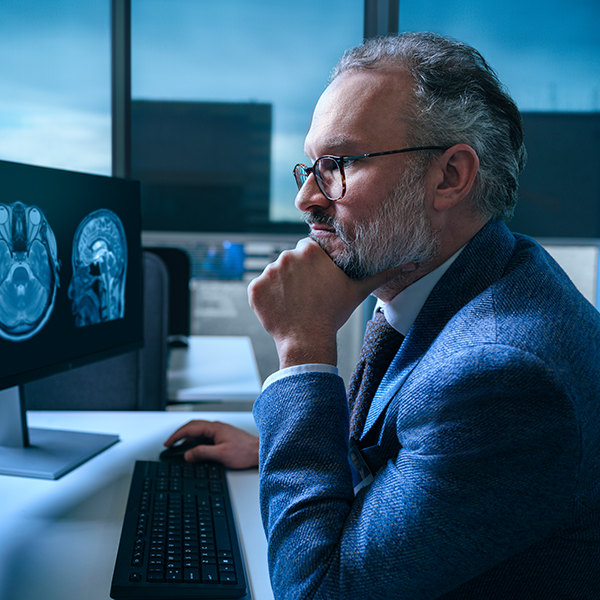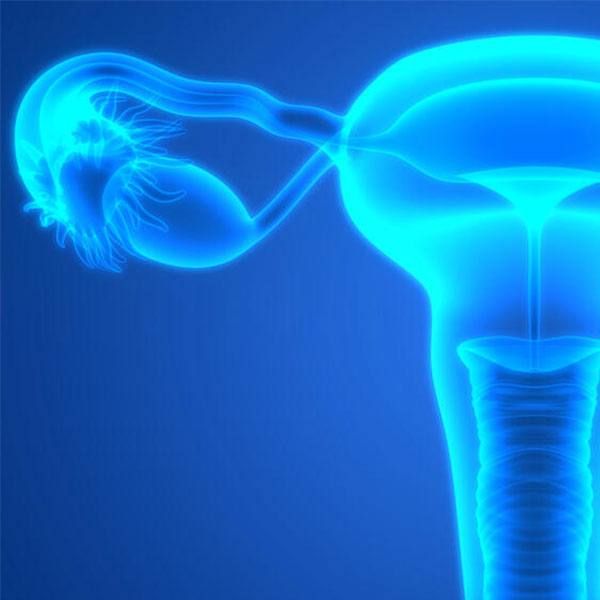-

CPR Awareness Month: Mayo Expert Discusses New Developments for Public, Pros
ROCHESTER, Minn. — June 7, 2012. Just the idea of performing CPR can intimidate the average person, whether it's the thought of what's at stake or simply trying to remember all of the steps. A move to simplify cardiopulmonary resuscitation practices for the public is one of many advances important to highlight during CPR Awareness Month, says Mayo Clinic resuscitation expert Roger White, M.D.

VIDEO ALERT:Video of Roger White M.D., discussing what's new in CPR will be available for journalists to download on the Mayo Clinic News Network.
Now, rather than taking time to check airways or trying to recall how many breaths to give, the guidance for what a bystander untrained in CPR should do if someone collapses boils down to this: If the person doesn't respond to your command to awake, dial 911 to summon help, then immediately start continuous chest compressions. Press on the center of the chest as hard and as fast as you can — pushing about 2 inches down — and do it without stopping until help arrives to relieve you, says Dr. White, a Mayo Clinic anesthesiologist and a member of the American Heart Association scientific advisory committee that released the hands-only CPR call to action.
If someone else is there to assist, one person should call 911 and the other should immediately start chest compressions, Dr. White says. If you're not alone and there is an automated external defibrillator, start compressions and have someone else get and attach the AED. Continue compressions until the defibrillator tells you to stop.
Don't hold back on the force of chest compressions out of fear you will push too hard, he adds.
"It's very unlikely you are going to injure the chest, and remember, this patient is basically dead and you must do what you can," Dr. White says. "And that means to press on the chest as hard as you can and as fast as you can."
Let your weight do all that it can to produce the compression depth necessary, Dr. White says. Though it is tough, exhausting work, don't stop until someone can relieve you: The blood typically contains five to seven minutes worth of oxygen, and constant, fast chest compressions keep that oxygen moving to the brain and other vital organs, he says.
The move to make CPR more efficient and easier for the public to perform is one of several advances in resuscitation, Dr. White says. Among the others:
- Growing use by professional responders of CPR technology called capnography to gauge the adequacy of CPR. Dr. White was part of a team of local and Mayo One rescuers who last year successfully performed 96-minute and 63-minute out-of-hospital resuscitations. In addition to excellent CPR by emergency responders, capnography is credited with a key role in both rescues. Capnography, used to monitor carbon dioxide in the blood, has long been used by professional responders to confirm proper placement of breathing tubes, and now is starting to be used as a guide to how well CPR is being performed, Dr. White says.
- Therapeutic hypothermia to protect the brain after resuscitation from cardiac arrest is another important development. A patient's body temperature is cooled to 33 degrees Celsius following resuscitation from cardiac arrest, to slow the brain's metabolism and protect it against damage from the lack of blood flow and oxygenation. Mayo research has shown that patients whose bodies are cooled have strong chances of surviving with good brain function. It can be started with cold IV fluid and ice while transporting the patient to the hospital, Dr. White says.
- Widespread availability of AEDs in public places and in emergency vehicles such as police cars. Dr. White began working to add defibrillators to local police cars in 1990, then to fire rescue vehicles and sheriff's deputies' cars, and the idea caught on nationally. He and many others also pressed to add AEDs to public places such as shopping malls and sports arenas and to workplaces, and they are now common.
"All of this has opened up a whole new era for us," Dr. White says. "For me, this is the most exciting time to be in the world of resuscitation."
To interview Dr. White, please contact Sharon Theimer in Mayo Clinic Public Affairs at 507-284-5005 or by email at newsbureau@mayo.edu.
###
About Mayo Clinic:
Recognizing 150 years of serving humanity in 2014, Mayo Clinic is a nonprofit worldwide leader in medical care, research and education for people from all walks of life. For more information, visit 150years.mayoclinic.org, www.mayoclinic.org and newsnetwork.mayoclinic.org.
Media Contact: Sharon Theimer, 507-284-5005 (days), newsbureau@mayo.edu







